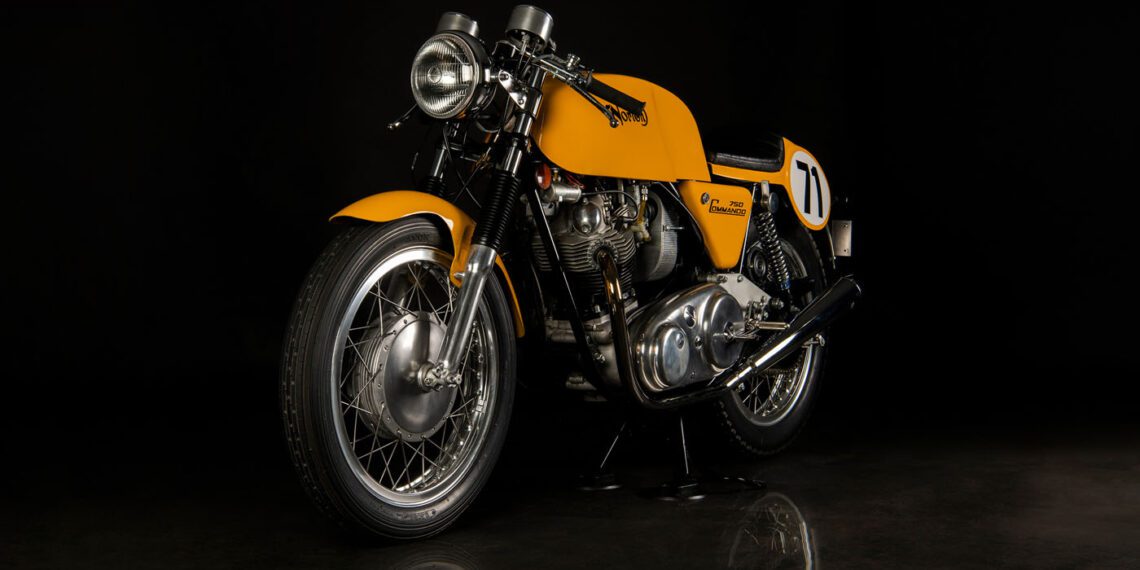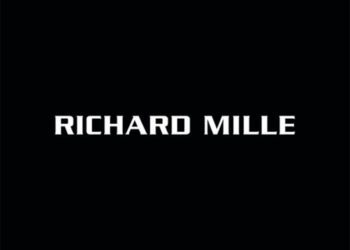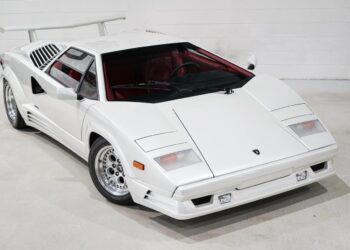Presented by Speedart.
Astounding restoration of the iconic British hot rod in cafe racer fashion.
James Lansdowne Norton was born in Birmingham in 1869. He showed mechanical ability at an early age and made a model steam engine at the age of ten but began his working life as an apprentice toolmaker in the jewelry trade. His interest was in the development of the bicycle, however, and he soon realized that his career was in engineering. James Norton started The Norton Manufacturing Company at the age of 29 in 1898 at premises in Bradford Street, Birmingham. Initially supplying bicycle spare parts he progressed to fully assembled bicycles.
Norton met Charles Garrard, who worked for the French Clément engine company and in 1902 Norton made his first powered motorcycle called the ‘Energette’ with a single-cylinder 143cc Clément engine made in Belgium. Norton also used larger capacity Moto Rêve V-twin engines from Switzerland and Peugeot engines from France.

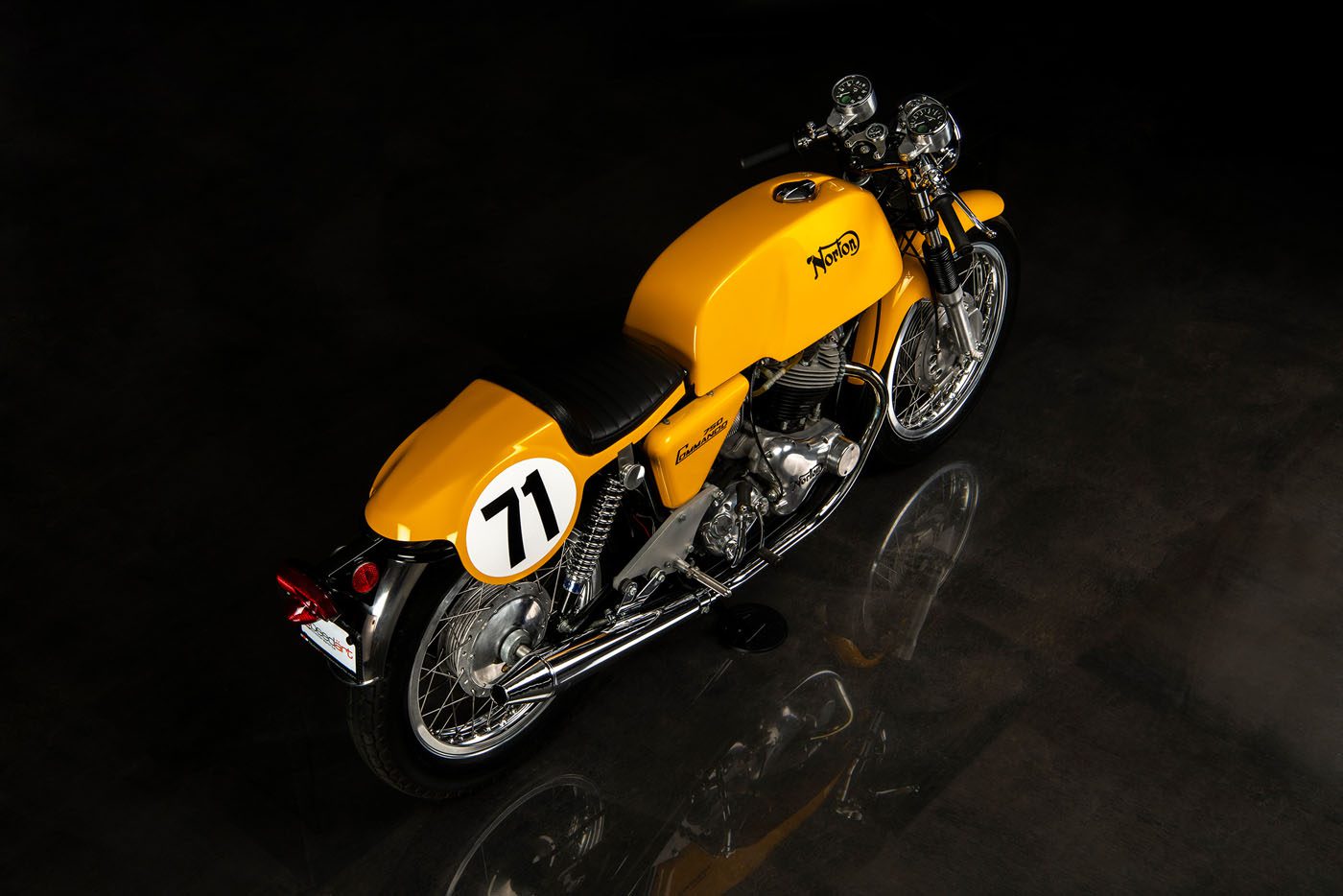
In 1907 Rem Fowler entered a Norton motorcycle in the first Isle of Man TT race and won the twin-cylinder class, beginning Norton’s racing career. Pa Norton was on the island for this race to look after the machine and act as the pit attendant.
In 1909 Norton exhibited motorcycles with his own engine design at the Stanley Show, the Big Four side valve single which remained in production until 1954. He went on to develop a prototype overhead-valve engine in 1922 with which Dan O’Donovan set a new world record for the 500cc kilometer at 89 mph. A road-going motorcycle, the Norton Model 18 was launched in 1923 and became a best-seller, as well as establishing many records, including Alec Bennet’s Senior TT win. James Norton was a great engineer but struggled with the business and his company went into liquidation in 1913, being bought by Bob Shelley, who owned an automotive accessories manufacturing business.
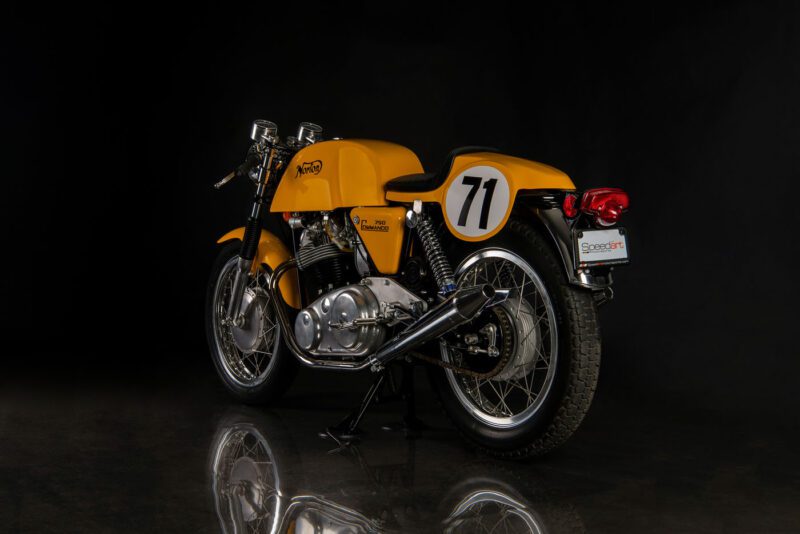
In the large array of British motorcycles, there are only a few seen as true Hot Rods. Within that elite group, it’s likely none are more revered than the Norton Commando. Norton introduced the Commando in 1967 at the Earls Court Show in the UK to rave reviews. Norton needed something to get the market to rave about; its product line had already shrunk from 16 to five models only five years before 1967, with the Commando at the top.
Production of the machine was initially complex and located across different parts of England, with the engines produced in Wolverhampton, frames in Manchester, while components and final assembly were at Burrage Grove, Plumstead. In late 1968, Plumstead works was subject to a Greater London Council compulsory purchase order and closed in July 1969. With the assistance of a Government subsidy, the assembly line was moved to North Way, Andover; with the Test Department in an aircraft hangar on Thruxton Airfield. Frame manufacturing was transferred to Wolverhampton, where a second production line produced about 80 complete machines each week. Components and complete engines and gearboxes were also shipped overnight, from Wolverhampton to the Andover assembly line.
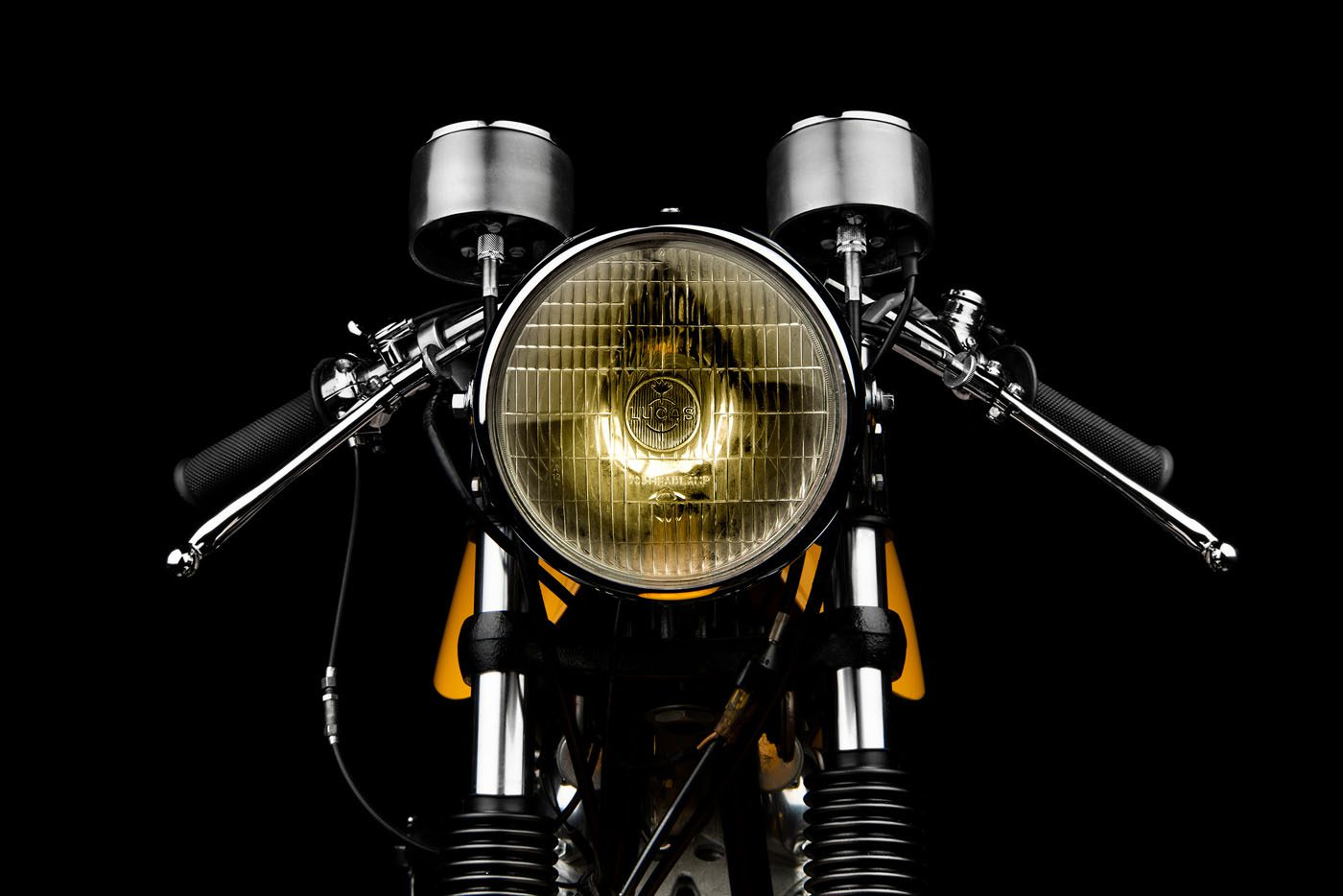

The origins of the Commando engine can be traced back to the late 1940s when the 497 cc (30.3 cu in) Norton Model 7 Twin was designed by Bert Hopwood. The twin-cylinder design evolved into 600 cc, then the 650 cc Manxman and Dominator until superseded by 750 cc Atlas before being launched as the 750 cc Commando in 1967.
The new Commando featured a 745cc Atlas engine that was rubber-mounted in an all-new chassis. The new model was off to a fast start with the media, as Motor Cycle News named it Motorcycle of the Year in 1968,
The transmission retained the pre-unit 4-speed Norton gearbox with a new diaphragm clutch and triplex primary drive. These were accommodated in a new alloy cover that had a single bolt fixing. The gearbox was strengthened and the clutch plates were changed to sintered bronze when the 850 engine was introduced. A hydraulic primary chain tensioner was introduced for the Mk3 850 and the chain case cover was changed to a 12 screw fixing in an attempt to cure oil leaks.
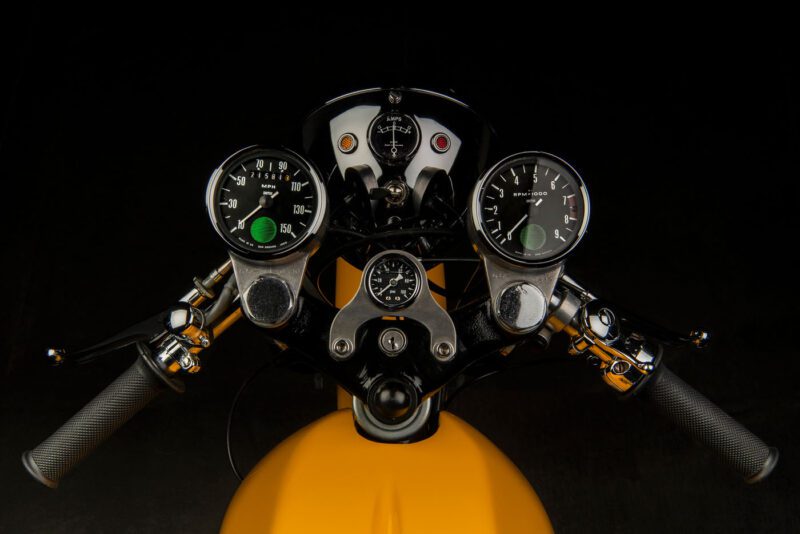
The Commando used the isolastic frame designed by Bauer, Hooper and Trigg. The Roadholder forks were carried over from the Atlas as were the silencers. An 8 in (200 mm) tls front brake that had been an option on previous models was fitted. A new fiberglass tank that tapered towards the rear was fitted and matched with a combined seat/rear mudguard. The front of the seat had two “wings” that extended to either side of the tank.
Speedart Motorsports is pleased to offer for your consideration this remarkable motorbike, presented in turnkey show condition, and an opportunity not to be missed.
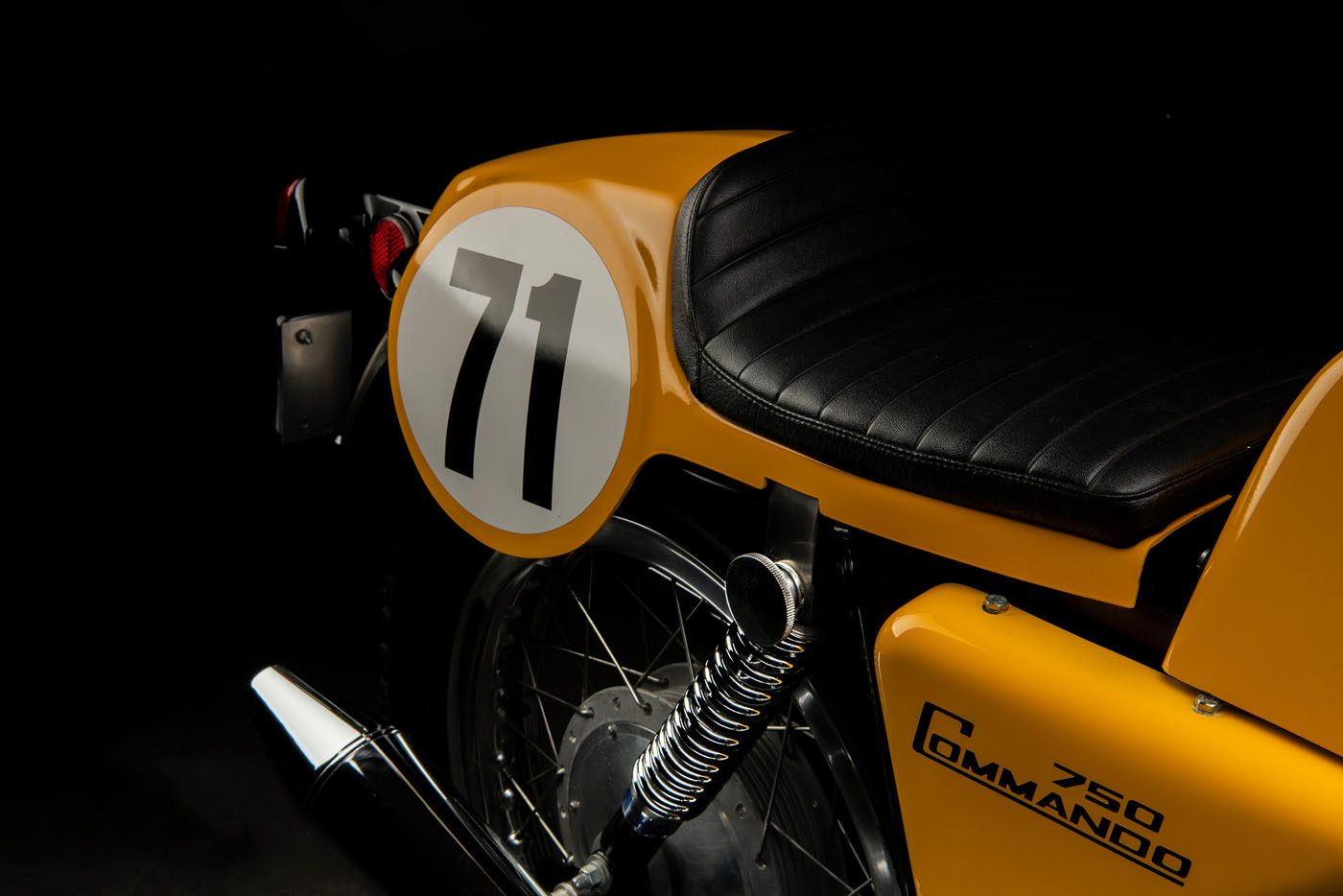
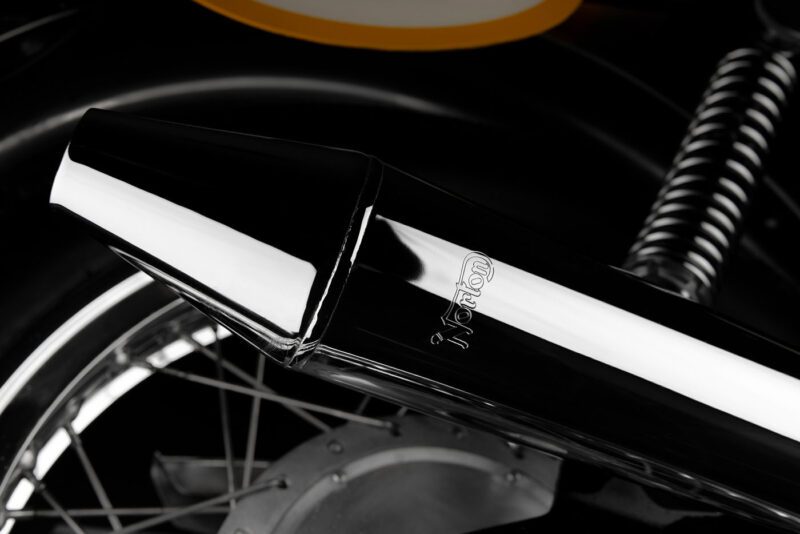
Motobiography
Chassis No. 147727 is a numbers-matching example that was modified by Wasted Spark Motorcycles in East Topsham, Vermont in the style of a Café Racer inspired by the contemporary Production Racer produced from 1970 to 1972. The eight-year build that was completed in 2012 included the installation of fiberglass bodywork finished in yellow with a black racing saddle as well as an overhaul of the 745cc parallel twin using a Megacycle camshaft, an electronic ignition, and replacement Amal carburetors. Additional equipment includes a refurbished four-speed gearbox, clip-ons, rearsets, an oil-pressure gauge, chrome reverse-cone mufflers, Hagon shocks, and alloy rims.
The fuel tank, front fender, and rear cowl were finished in Canary Yellow at Ray Atwood’s Cycle in Bolton, Vermont. Features include matching side covers, a stainless-steel rear fender, a chrome headlight bucket, rearsets, a black vinyl racing seat, and a center stand with the fasteners having been cadmium plated. Flanged Excel alloy rims laced with anodized stainless-steel Buchanan’s spokes wear Avon Speedmaster tires measuring 3.50×19″ up front and 4.00×19″ at the rear. Braking is from drums at both ends with a vented 8″ twin leading-shoe up front. Suspension is provided by a telescopic fork with black rubber gaiters as well as Hagon Road & Classic shocks mounted to the swingarm. The front brake light switch is noted to be inoperative, and there is no switch for the rear.
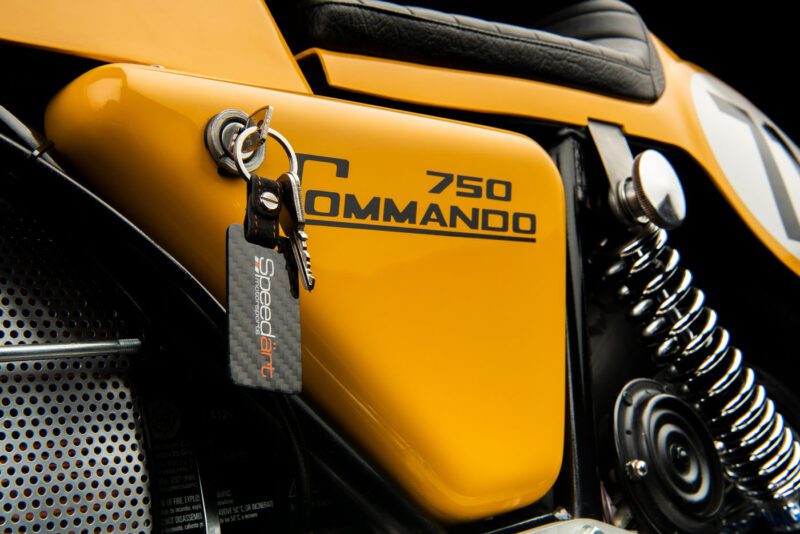
The number 147727 on the headstock plate matches the last six digits of the number stamped on the engine case.
Chrome 35mm clip-on handlebars are mounted below the upper triple clamp. A 150-mph Smiths speedometer and a matching tachometer with a 7k-rpm redline are mounted to the fork tops while a liquid-filled oil-pressure gauge is bolted to the upper clamp. The five-digit odometer displays a reading shy of 22k miles, a handful of which have been ridden since completion of the build.
The 745cc parallel twin breathes through a pair of replacement 30mm Amal Mk II concentric carburetors and chrome dual header pipes flowing into upswept reverse-cone mufflers sourced from the Norvil Motorcycle Company in England. An overhaul of the engine during the build included:
- Cylinders bored and honed first-over
- Pistons and rings replaced
- Valve job with replacement guides
- Rod journals reground
- Tappets ground
- Camshaft followers resurfaced
- 33mm intake manifolds fitted
- Megacycle camshaft
- Lucas Rita electronic ignition
- Superblend crankshaft roller bearings
- Wiring harness replaced
The motorbike is accompanied by the owner’s manual and a dossier of extensive documentation including the restoration process, substantiated by photographs, receipts, service records, and more.
Speedart Motorsports welcomes all serious inquiries as we would like to extend an invitation to all interested parties into our gallery and in order to witness up-close and personal this British icon with its glorious twin soundtrack, reminiscent of a bygone era.
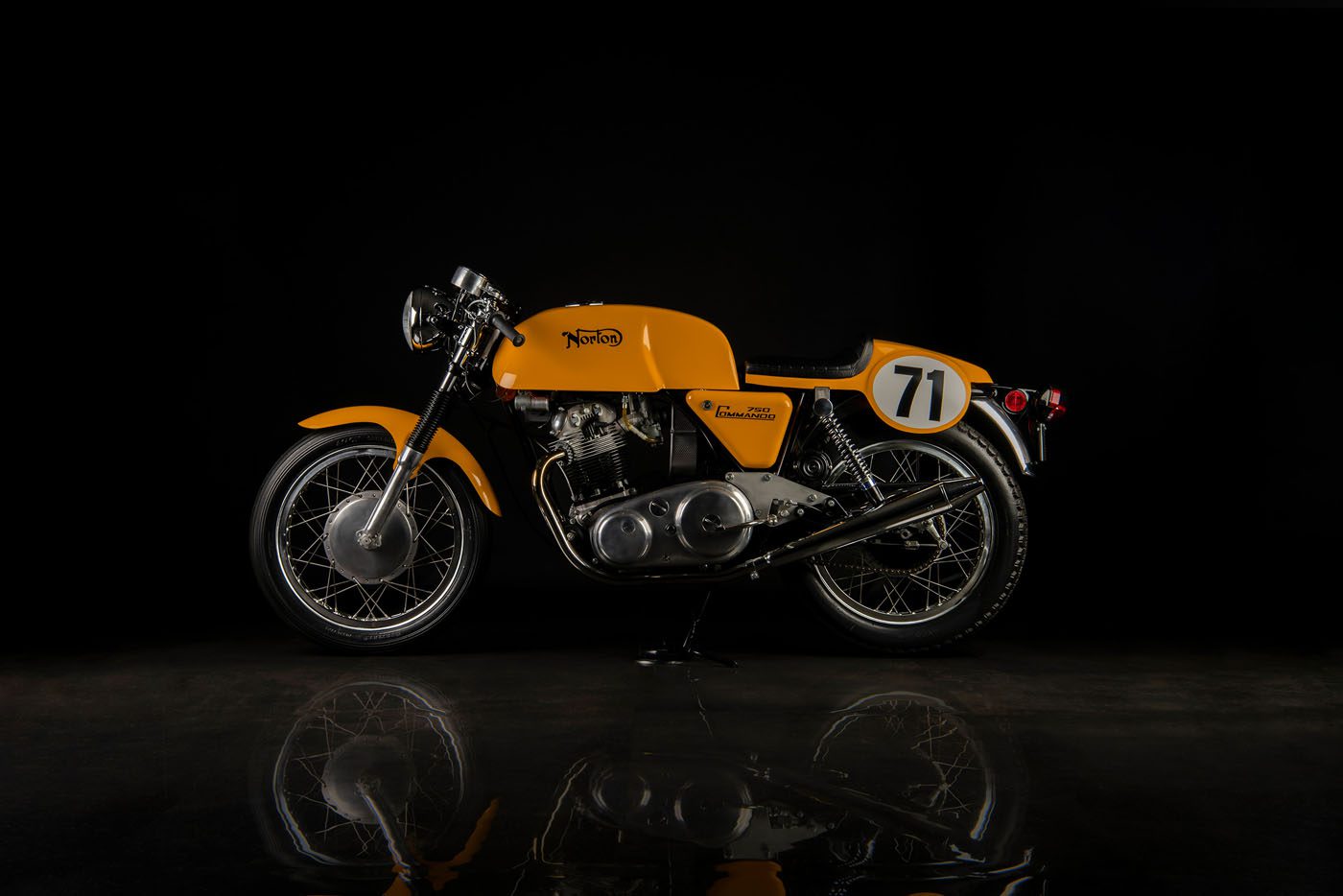
Disclaimer
Whilst Speedart Motorsports, LLC. (“We”) make a sincere effort to contain information that is accurate and complete, we are aware that errors and omissions may occur. We are not able therefore, to guarantee the accuracy of that information and we do not accept liability for loss or damage arising from misleading information or for any reliance on which you may place on the information contained in this website. We highly recommend that you examine the vehicle to check the accuracy of the information supplied. If you have any queries with regard to any information on our website, please contact us at sales@speedartmotorsports.com. This disclaimer does not affect your statutory rights.

